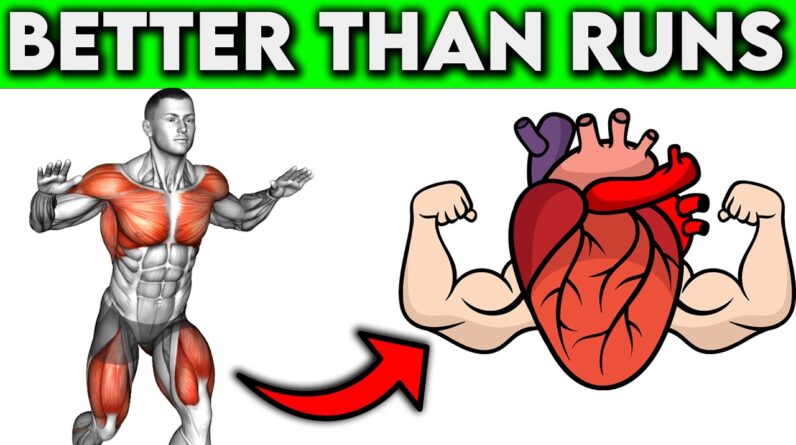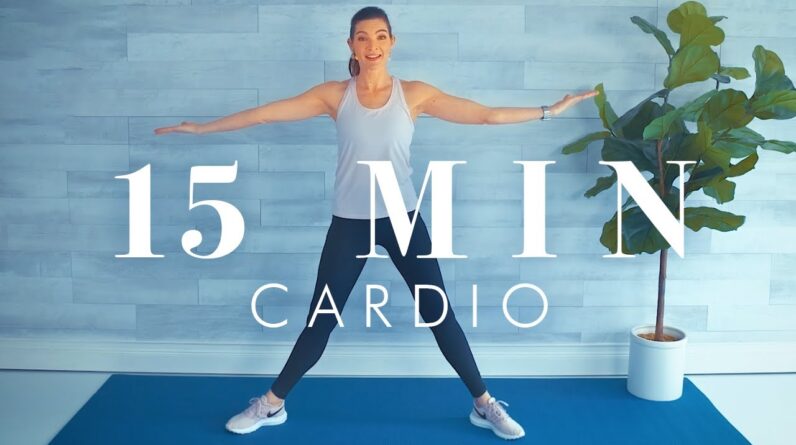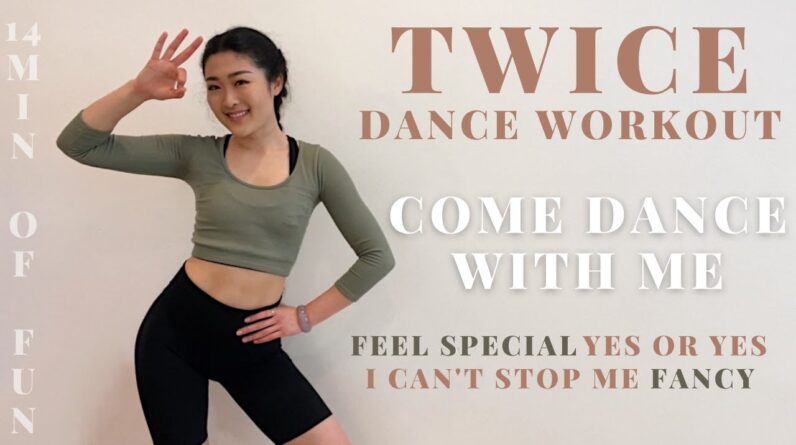
Fitness program: 5 steps to get started
Are you thinking about starting a fitness program? Good for you! You’re only five steps away from a healthier lifestyle.
Starting a fitness program may be one of the best things you can do for your health. Physical activity can lower the risk of long-lasting disease and improve balance and coordination. It can help with weight loss, sleep and self-esteem. And you can start a fitness program in only five steps.
1. Measure your fitness level
You probably have some idea of how fit you are. But find out for sure. Learn about your fitness level and write down your scores before you start your program. Use the scores as benchmarks against which to measure your progress.
To measure your aerobic and muscular fitness, flexibility, and body composition, write down:
- Your pulse rate before and right after walking 1 mile (1.6 kilometers).
- How long it takes to walk 1 mile, or how long it takes to run 1.5 miles (2.41 kilometers).
- How many standard or modified pushups you can do at a time.
- How well you move through the full range of motion in your hips, knees, ankles, shoulders and elbows.
- Your waist circumference, just above the hipbones at about the level of the bellybutton.
- Your body mass index (BMI).
2. Design your fitness program
It’s easy to say that you’ll exercise every day. But you’ll need a plan. As you design your fitness program, keep these points in mind:
- Think about your fitness goals. Are you starting a fitness program to help lose weight? Or do you have another reason, such as training for a marathon? Having clear goals can help you measure your progress and stay motivated.
-
Make a balanced routine. Get at least 150 minutes of moderate aerobic activity a week. Or get at least 75 minutes of vigorous aerobic activity a week. You also can get an equal combination of moderate and vigorous activity. Aim to exercise most days of the week.
For even more health benefits, get 300 minutes a week or more of moderate aerobic activity. Exercising this much may help with weight loss or keeping off lost weight.
Do strength training exercises for all major muscle groups at least two times a week. One set of each exercise is enough for health and fitness benefits. Use a weight or resistance level heavy enough to tire muscles after about 12 to 15 repetitions.
- Start slow and go forward slowly. If you’re new to exercise, start carefully. Slowly build up to a moderate or vigorous intensity level. Aim to increase your activity level by no more than 10% a week. If you have an injury or a medical condition, talk to your health care professional or fitness professional. Together you can design a fitness program that slowly and steadily improves your range of motion, strength and endurance.
- Build activity into your daily routine. Finding time to exercise can be a challenge. To make it easier, schedule time to exercise as you would any other appointment. Plan to watch your favorite show while walking on the treadmill. Read while riding a stationary bike. Or take a break to go on a walk at work.
- Plan to include different activities. Doing different activities, called cross-training, can keep you from getting bored with your exercise routine. Cross-training using low-impact forms of activity also lowers your chances of injuring or overusing one specific muscle or joint. Low-impact activities can include biking or water exercise. Each time you work out, choose activities that focus on different parts of the body. You might walk or swim one day and do strength training the next day.
- Try high-intensity interval training. In high-intensity interval training, you mix short bursts (10 to 30 seconds) of high-intensity activity with recovery periods of low-intensity activity.
- Allow time for recovery. Many people start fitness programs with a lot of energy. But they work out too long or too hard. And they give up when muscles and joints become sore or injured. Plan time between sessions for your body to rest and recover.
- Put it on paper. A written plan may help you stay on track.
3. Gather your equipment
You’ll probably start with athletic shoes. Be sure to pick shoes made for the activity you have in mind. For example, running shoes weigh less than cross-training shoes, which offer more support.
If you’re planning to buy exercise equipment, choose something that’s practical, fun and easy to use. You may want to try out some types of equipment at a gym or fitness center before buying your own equipment.
Try using fitness apps for smart devices or other activity tracking devices. You can use them to track the distance you walk, track calories you burn or check your heart rate.
4. Get started
Now you’re ready for action. As you begin your fitness program, keep these tips in mind:
-
Start slowly and build up gradually. Give yourself plenty of time to warm up and cool down with easy walking or gentle stretching. Then speed up to a pace you can keep doing for 5 to 10 minutes without getting overly tired.
As your energy improves, slowly add to the amount of time you exercise. Work your way up to 30 to 60 minutes of exercise most days of the week.
- Break things up. You don’t have to do all your exercise at one time. Weave activity into your day. You still get aerobic benefits from shorter sessions done a few times a day. Plus shorter sessions may fit into your schedule better than a single 30-minute session. Any activity is better than no activity.
- Be creative. Maybe you walk, bicycle and row. But don’t stop there. Take a weekend hike with your family or spend an evening ballroom dancing. Find activities you enjoy and add them to your fitness routine.
- Listen to your body. If you feel pain, shortness of breath, dizziness or nausea, take a break. You may be pushing yourself too hard.
- Be flexible. If you’re not feeling good, it’s OK to take a day or two off.
5. Check your progress
Assess your fitness six weeks after you start your program. Then do it again every few months. How are you doing? You may need to add more exercise time. Or you may find that you’re exercising about the right amount to meet your fitness goals.
If you lose motivation, set new goals or try a new activity. Exercise with a friend or take a class at a fitness center.
Starting an exercise program is an important decision. But it doesn’t have to be an overwhelming one. By planning carefully and pacing yourself, you can begin a healthy habit that lasts a lifetime.
From Mayo Clinic to your inbox
Sign up for free and stay up to date on research advancements, health tips, current health topics, and expertise on managing health. Click here for an email preview.
To provide you with the most relevant and helpful information, and understand which information is beneficial, we may combine your email and website usage information with other information we have about you. If you are a Mayo Clinic patient, this could include protected health information. If we combine this information with your protected health information, we will treat all of that information as protected health information and will only use or disclose that information as set forth in our notice of privacy practices. You may opt-out of email communications at any time by clicking on the unsubscribe link in the e-mail.
Thank you for subscribing!
You’ll soon start receiving the latest Mayo Clinic health information you requested in your inbox.
Sorry something went wrong with your subscription
Please, try again in a couple of minutes
Dec. 05, 2023
- Getting started — Tips for long-term exercise success. American Heart Association. https:// www.heart.org/en/healthy-living/fitness/getting-active/getting-started—tips-for-long-term-exercise-success. Accessed April 27, 2023.
- Tips for starting physical activity. National Institute of Diabetes and Digestive and Kidney Diseases. https://www.niddk.nih.gov/health-information/weight-management/tips-get-active/tips-starting-physical-activity. Accessed April 27, 2023.
- How older adults can get started with exercise. National Institute on Aging. https://www.nia.nih.gov/health/how-older-adults-can-get-started-exercise. Accessed April 27, 2023.
- Physical Activity Guidelines for Americans. 2nd ed. U.S. Department of Health and Human Services. https://health.gov/paguidelines/second-edition. Accessed April 27, 2023.
- AskMayoExpert. Physical activity (adult). Mayo Clinic; 2022.
- Riebe D, et al., eds. ACSM’s Guidelines for Exercise Testing and Prescription. 11th ed. Philadelphia, Pa.: Wolters Kluwer Health Lippincott Williams & Wilkins; 2018.
- Feito Y, et al., eds. ACSM’s Fitness Assessment Manual. 6th ed. Kindle edition. Wolters Kluwer; 2021.
- Laskowski ER (expert opinion). Mayo Clinic. July 11, 2023.
.








